Labeling plastic components demands precise engineering to achieve long-lasting adhesion and print durability. Variations in resin type, texture, and additives all influence how a label bonds and performs. Our durable labels are formulated to overcome these variables, combining specialized adhesives, coatings, and face stocks for dependable results. Whether identifying labware, containers, or molded parts, these constructions maintain clarity, legibility, and adhesion through sterilization, flexing, and repeated environmental exposure.

The diversity of plastic substrates presents significant labeling challenges. Many plastics exhibit low or inconsistent surface energy, contain additives that hinder bonding, and are subject to dynamic environments requiring durable adhesion. An engineered label system must align adhesive chemistry, face-stock compatibility and environmental resilience to achieve dependable performance on plastic surfaces.
Many plastics exhibit low surface energy (< 35 dynes/cm), impairing adhesive wet-out and initial bond strength.
Plasticizers and slip agents may bleed to the surface post-mold, creating a release layer under the adhesive.
Plastic parts often deform, flex or expand/contract, demanding labels that accommodate movement without lifting or cracking.
Exposure to moisture, solvents, temperature swings or UV can degrade adhesives or print layers unless engineered accordingly.
Labeling plastic successfully requires understanding both the chemistry of the substrate and the mechanics of adhesion. Surface treatments such as corona or plasma can temporarily increase surface energy, improving adhesive wet-out. Adhesive selection must balance tack, shear, and chemical resistance to accommodate flexible and often low-energy plastics. Testing for peel strength and dwell performance confirms the bond over time.
Environmental factors—temperature shifts, sterilization, and chemical exposure—should guide material selection from the start. Face stocks must flex without wrinkling or delaminating, especially on curved or deformable parts. Liner and coating choices can also affect how the label applies and performs under stress. Achieving a lasting bond on plastic isn’t trial and error—it’s the result of deliberate material engineering and validation.
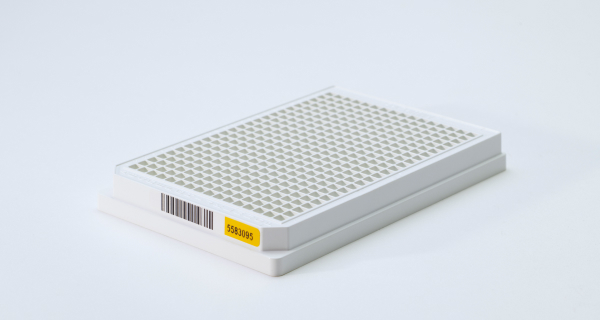
Plastics appear across countless industries, from laboratory consumables to durable industrial goods. Labeling requirements vary depending on the environment, sterilization processes, and surface composition. Engineered label systems maintain adhesion, readability, and durability through manufacturing, transport, and use—whether applied to small-format labware, molded components, or high-volume production parts.
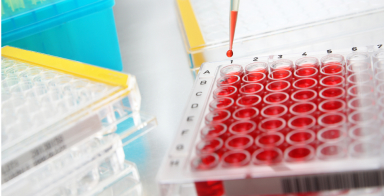
Used on tubes, vials, and microplates, labels must endure cryogenic storage, chemical exposure, and repeated handling without loss of adhesion or readability.
Surface treatments or specialty adhesives enhance bonding to polypropylene and polyethylene labware commonly used in automated workflows and sample storage.
Permanent identifiers, including barcodes and data matrices, maintain tracking integrity during centrifugation, autoclaving, and ultra-low temperature preservation.
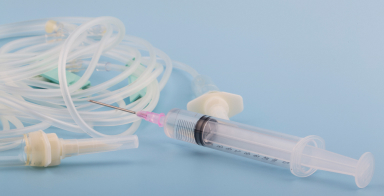
Plastic medical devices and housings require labels that survive sterilization, disinfectants, and mechanical handling without fading or delamination.
Adhesives must maintain secure bonds on polycarbonate and polypropylene surfaces through repeated autoclave and cleaning cycles.
Durable materials ensure critical traceability for regulated products, supporting compliance with labeling and identification requirements in clinical environments such as blood bag labeling.
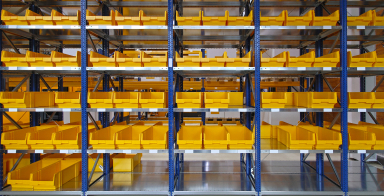
Reusable plastic totes and bins depend on permanent or in-mold labels that withstand repeated handling, cleaning, and environmental changes.
High-performance adhesives resist edge lift and abrasion from automated handling systems, ensuring barcodes remain readable across long service cycles.
Label durability supports efficient tracking, accurate inventory management, and reliable performance within high-throughput distribution and storage operations.
Label materials for plastic components often intersect with regulatory frameworks that govern chemical safety and environmental responsibility. Adhesives, coatings, and inks may be required to comply with REACH and RoHS to restrict hazardous substances and support global market access. In laboratory or biomedical applications, FDA 21 CFR 175.105 guides the selection of adhesive systems for incidental contact. Many OEMs also issue proprietary labeling specifications that define acceptable materials, print durability, and adhesion performance. Meeting these standards ensures long-term compatibility with sterilization, cleaning, and molding processes. Validation testing under defined environmental conditions confirms ongoing compliance throughout production and use. Together, these requirements establish a foundation of trust, consistency, and regulatory assurance in every plastic labeling application.
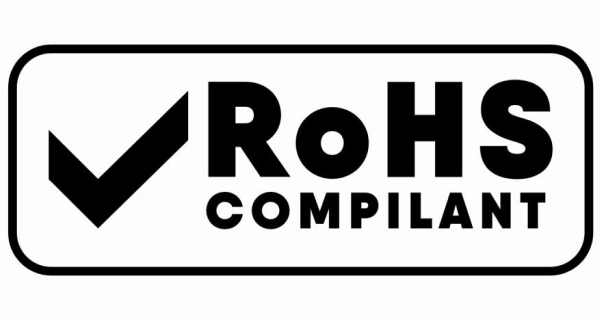
Designing a label that bonds reliably to plastic begins with engineering each component to match the substrate’s physical and chemical profile. Adhesive chemistry, face-stock selection, and coating systems are tested for compatibility with low-surface-energy materials and flexible geometries. Performance validation ensures the construction withstands environmental, mechanical, and chemical stress throughout its service life.
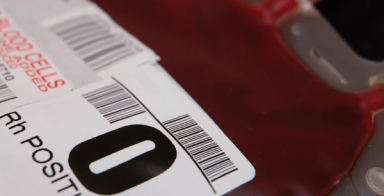
Pressure-sensitive constructions engineered with modified acrylic or rubber adhesives provide strong, lasting adhesion across diverse plastics, including polyolefins, even under thermal or chemical stress.

Durable labels molded directly into the plastic surface create a permanent bond ideal for warehouse totes, bins, and other reusable containers exposed to repeated handling.

Laser etching and cured-ink printing directly mark labware and components, producing chemical-resistant, permanent identifiers that withstand sterilization, solvents, and extreme laboratory conditions.
Adhesive formulation is the defining factor in label performance on plastic. Low-surface-energy substrates like polyethylene and polypropylene resist wet-out, requiring modified acrylic or rubber chemistries to achieve a uniform bond. These systems often incorporate specialized tackifiers or primers to enhance molecular attraction to nonpolar surfaces. Adhesive rheology—its balance of flow and cohesion—must be tuned to maintain contact without excessive cold flow or residue. Compatibility testing verifies that additives such as plasticizers or stabilizers will not migrate and weaken adhesion over time. Environmental validation under heat, humidity, and chemical exposure confirms stability throughout the product’s service life. High-performance constructions may also combine adhesive layers or surface primers for complex geometries. The result is a tailored adhesive system engineered to anchor labels securely to even the most challenging plastic substrates.
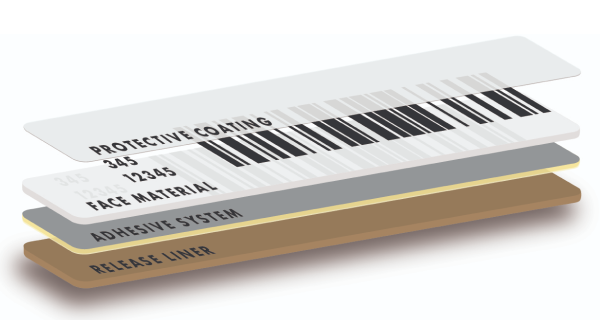
Rubber-based and acrylic chemistries are optimized to wet and anchor on nonpolar surfaces like polyethylene and polypropylene.
Additives and plasticizers are screened for compatibility to prevent surface contamination and bond degradation over time.
Peel, shear, and environmental testing verify long-term adhesion under thermal cycling, moisture, and solvent exposure.

Have questions? We’re here to help.
Contact us to connect with a specialist who understands your industry and can provide the right solutions for your business. Let’s start a conversation.
Take advantage of our volume discounts for bulk orders. Reach out to us for a personalized quote tailored to your needs.
"*" indicates required fields